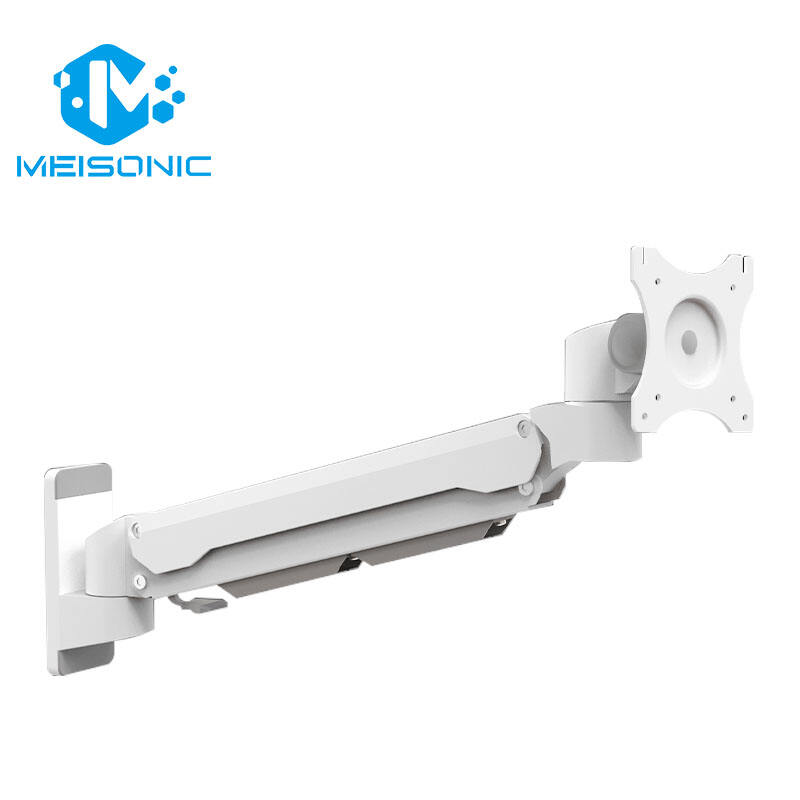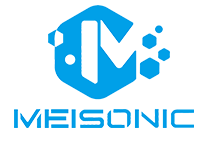In the high-stakes environment of modern healthcare facilities, every piece of equipment must perform flawlessly when lives hang in the balance. While surgeons focus on precision instruments and nurses monitor vital signs, one critical element often goes unnoticed yet plays an essential role in patient safety: medical display stability. The rock-solid positioning of monitors, diagnostic screens, and digital imaging displays represents a sophisticated engineering challenge that demands unwavering reliability, seamless adjustability, and absolute vibration control.

Healthcare professionals require instantaneous access to patient data, surgical imagery, and real-time monitoring information without the distraction of wobbly screens or unstable mounting systems. The engineering principles behind achieving this level of stability extend far beyond simple mechanical design, encompassing advanced materials science, precision manufacturing, and ergonomic optimization tailored specifically for medical environments.
Engineering Foundations of Medical Monitor Stability
Advanced Joint Mechanisms and Friction Control
The backbone of any stable medical display system lies in its joint mechanisms, which must balance smooth adjustability with unwavering lock-down capability. Modern medical monitor arms employ sophisticated friction control systems that utilize precision-engineered clutch mechanisms, allowing healthcare professionals to effortlessly reposition displays while ensuring they remain perfectly stationary once positioned. These systems incorporate multiple friction points throughout the articulating joints, distributing mechanical stress evenly to prevent wear and maintain consistent performance over thousands of adjustment cycles.
High-performance medical mounting systems integrate advanced bearing technologies, including sealed ball bearings and self-lubricating bushings, to minimize internal friction while maximizing positional stability. The engineering challenge involves creating joints that respond immediately to intentional adjustment forces while remaining completely immune to environmental vibrations, air currents, and incidental contact that could compromise display positioning during critical procedures.
Material Science and Structural Integrity
The materials used in medical display mounting systems must meet stringent requirements for strength, durability, and chemical resistance while maintaining lightweight characteristics for ease of adjustment. Aerospace-grade aluminum alloys provide the optimal balance of structural rigidity and weight reduction, while stainless steel components in high-stress areas ensure long-term reliability under constant use. Surface treatments including anodization and powder coating not only enhance corrosion resistance but also provide the smooth, easy-to-clean surfaces essential in sterile medical environments.
Advanced composite materials increasingly play a role in next-generation medical display stability systems, offering superior vibration damping properties compared to traditional metals. These engineered composites can be precisely tuned to absorb specific frequency ranges that commonly cause display instability, resulting in mounting systems that actively counteract environmental vibrations rather than simply resisting them through mass and rigidity alone.
Dynamic Load Management and Weight Distribution
Counterbalance Systems and Spring Mechanisms
Achieving true medical display stability requires sophisticated counterbalance systems that automatically compensate for the weight of attached monitors while maintaining smooth, effortless adjustability. Advanced spring mechanisms, often incorporating gas cylinders or precision coil springs, provide consistent counterbalancing force across the entire range of motion. These systems must be carefully calibrated to match the specific weight and center of gravity of different monitor configurations, ensuring that displays remain perfectly balanced in any position without requiring manual locks or constant adjustment.
The engineering complexity of these counterbalance systems extends to accommodating monitors of varying sizes and weights, often requiring adjustable spring tension or modular counterweight systems. Modern medical monitor arms feature user-adjustable tension controls that allow healthcare facilities to optimize the balance for specific monitor models, ensuring consistent performance regardless of display technology or screen size variations.
Articulation Range and Movement Precision
Medical display stability encompasses not only static positioning but also precise, controlled movement during adjustment. The articulation range of professional medical monitor arms must accommodate the diverse positioning requirements of different medical procedures while maintaining smooth, predictable motion characteristics. Multiple pivot points and rotation axes work in concert to provide comprehensive positioning flexibility, allowing displays to be moved seamlessly between different viewing angles, heights, and distances without compromising stability.
Precision engineering in these articulation systems involves careful attention to joint tolerances, bearing clearances, and mechanical play. Even microscopic amounts of looseness in critical joints can translate to visible display movement during use, making the manufacturing precision of these systems crucial to their effectiveness. Advanced medical monitor arms incorporate preloaded bearings and adjustable joint tensions to eliminate backlash and ensure immediate response to positioning adjustments.
Environmental Factors and Vibration Control
Hospital Infrastructure and External Disturbances
Medical facilities present unique environmental challenges that can compromise display stability, from foot traffic vibrations transmitted through building structures to air handling system turbulence and equipment-generated mechanical disturbances. Professional medical display stability systems must account for these real-world conditions through advanced vibration isolation and damping techniques. The mounting interface between monitor arms and wall or ceiling attachment points incorporates vibration-absorbing materials and isolation bushings to prevent building-transmitted vibrations from reaching the display.
Air currents from HVAC systems pose another significant challenge to maintaining stable display positioning, particularly for lightweight LCD monitors with large surface areas susceptible to air pressure variations. Advanced medical monitor arms feature aerodynamic considerations in their design, minimizing surfaces that could catch air currents while incorporating active damping systems that counteract wind loading effects in high-airflow environments.
Temperature Stability and Thermal Expansion
The thermal environment in medical facilities can vary significantly, from the controlled conditions of operating rooms to the varying temperatures in patient care areas. Medical display stability systems must maintain consistent performance across these temperature ranges while accounting for thermal expansion and contraction of mounting components. Advanced materials selection and thermal compensation design ensure that joint tensions and counterbalance forces remain stable regardless of ambient temperature variations.
Thermal management extends to the heat generated by the monitors themselves, which can create localized temperature gradients that affect mounting system performance. Professional medical display stability solutions incorporate thermal barriers and heat dissipation features to prevent monitor-generated heat from affecting the mechanical properties of mounting components, ensuring consistent performance throughout extended use periods.
Ergonomic Integration and User Interface Design
Healthcare Workflow Optimization
The most sophisticated medical display stability system is only effective if it seamlessly integrates with healthcare workflows and user requirements. Ergonomic design principles guide the development of adjustment mechanisms that healthcare professionals can operate intuitively, even while wearing gloves or focusing on patient care. Single-handed operation capabilities, intuitive adjustment directions, and positive positioning feedback ensure that display adjustments can be made quickly and precisely without interrupting medical procedures.
User interface elements on advanced medical monitor arms feature tactile feedback systems that allow healthcare professionals to confirm positioning adjustments without taking their eyes off patients or critical displays. These systems often incorporate audible or tactile confirmation of locked positions, providing confidence that displays will remain stable throughout procedures without requiring visual verification of mounting system status.
Safety Features and Fail-Safe Mechanisms
Medical display stability systems must incorporate comprehensive safety features to prevent equipment damage and ensure patient safety in all operating conditions. Emergency brake mechanisms can instantly lock all articulation points in case of system failure or unexpected loading, while redundant support systems provide backup stability even if primary components fail. These safety systems operate independently of main adjustment mechanisms, ensuring they remain functional even during component maintenance or partial system failures.
Advanced medical monitor arms feature progressive resistance systems that gradually increase adjustment force as displays approach their maximum range of motion, preventing sudden stops or impacts that could damage equipment or compromise stability. These systems provide intuitive feedback to users about positioning limits while maintaining smooth operation throughout the normal adjustment range.
Installation and Maintenance Considerations
Mounting System Integration
The foundation of medical display stability begins with proper installation and integration with existing facility infrastructure. Professional mounting systems must accommodate the diverse structural conditions found in healthcare facilities, from modern steel-frame construction to older masonry buildings with varying wall compositions and load-bearing capabilities. Comprehensive mounting hardware packages include specialized fasteners and reinforcement brackets designed to distribute loads safely across different wall types while maintaining the rigid connection essential for display stability.
Installation precision directly impacts long-term performance, requiring careful attention to mounting surface preparation, fastener torque specifications, and alignment tolerances. Advanced medical monitor arms include installation verification systems that allow technicians to confirm proper mounting integrity and system calibration before placing displays into service, ensuring optimal performance from the moment of installation.
Preventive Maintenance and Performance Monitoring
Maintaining consistent medical display stability requires proactive maintenance programs that address wear patterns, lubrication requirements, and mechanical adjustments before they impact system performance. Preventive maintenance protocols for professional medical monitor arms include regular inspection of joint mechanisms, verification of counterbalance system calibration, and assessment of mounting attachment integrity to identify potential issues before they compromise display stability.
Modern medical display stability systems increasingly incorporate self-monitoring capabilities that track usage patterns, identify developing mechanical issues, and provide maintenance scheduling recommendations based on actual system utilization. These intelligent systems can detect gradual changes in joint friction, counterbalance effectiveness, and positioning accuracy, alerting maintenance personnel to service requirements before they impact clinical operations.
Technology Integration and Future Developments
Smart Control Systems and Automation
The evolution of medical display stability extends beyond mechanical engineering to incorporate smart control systems that can automatically optimize positioning based on user preferences, procedure requirements, and environmental conditions. Advanced monitor arms feature programmable positioning systems that can recall specific display configurations for different procedures, reducing setup time and ensuring consistent optimal positioning for various clinical applications.
Integration with hospital information systems allows smart medical display stability systems to automatically adjust positioning based on scheduled procedures, patient data requirements, and staff preferences stored in electronic health records. These systems can preposition displays for incoming procedures, optimize viewing angles for specific imaging studies, and even adjust for the ergonomic preferences of different healthcare providers throughout shift changes.
Advanced Materials and Manufacturing Technologies
Emerging manufacturing technologies, including additive manufacturing and precision machining techniques, enable the development of increasingly sophisticated medical display stability solutions with enhanced performance characteristics. Advanced materials including carbon fiber composites, titanium alloys, and engineered polymers offer new possibilities for creating mounting systems that are simultaneously lighter, stronger, and more vibration-resistant than traditional designs.
Nanotechnology applications in surface treatments and bearing technologies promise to further enhance the durability and performance of medical display stability systems, potentially enabling self-lubricating joints, adaptive friction control, and enhanced corrosion resistance that extends system service life while maintaining consistent performance characteristics throughout their operational lifespan.
FAQ
What makes medical display stability different from regular monitor mounting systems
Medical display stability systems must meet significantly higher performance standards than standard commercial monitor mounts, incorporating advanced engineering features like precision counterbalancing, vibration isolation, and fail-safe mechanisms. These systems are designed for continuous operation in demanding healthcare environments where absolute positioning reliability is essential for patient safety and clinical effectiveness. They also feature enhanced materials, specialized joint mechanisms, and comprehensive safety systems not found in conventional mounting solutions.
How do counterbalance systems maintain display stability across different monitor weights
Advanced counterbalance systems use adjustable spring mechanisms or gas cylinders that can be calibrated to match specific monitor weights and configurations. These systems automatically compensate for gravitational forces, allowing displays to remain perfectly balanced in any position without requiring manual locks or constant readjustment. The engineering involves precise force calculations and adjustable tension controls that accommodate various monitor sizes while maintaining smooth, effortless positioning capabilities.
What environmental factors can affect medical display stability and how are they addressed
Environmental factors affecting medical display stability include building vibrations from foot traffic and equipment, air currents from HVAC systems, temperature variations, and electromagnetic interference from medical devices. Professional medical monitor arms address these challenges through vibration isolation mounting, aerodynamic design considerations, thermal compensation materials, and electromagnetic shielding. These systems incorporate multiple engineering solutions to maintain stable positioning despite the complex environmental conditions typical in healthcare facilities.
How often do medical display stability systems require maintenance and calibration
Professional medical display stability systems typically require comprehensive maintenance every 6-12 months depending on usage intensity and environmental conditions. Maintenance includes inspection of joint mechanisms, verification of counterbalance calibration, lubrication of moving parts, and assessment of mounting attachment integrity. Modern systems with self-monitoring capabilities can provide predictive maintenance alerts based on actual usage patterns and performance metrics, optimizing maintenance scheduling while ensuring continuous reliable operation in critical healthcare applications.
Table of Contents
- Engineering Foundations of Medical Monitor Stability
- Dynamic Load Management and Weight Distribution
- Environmental Factors and Vibration Control
- Ergonomic Integration and User Interface Design
- Installation and Maintenance Considerations
- Technology Integration and Future Developments
-
FAQ
- What makes medical display stability different from regular monitor mounting systems
- How do counterbalance systems maintain display stability across different monitor weights
- What environmental factors can affect medical display stability and how are they addressed
- How often do medical display stability systems require maintenance and calibration





